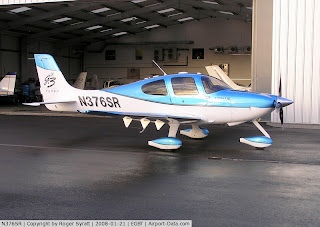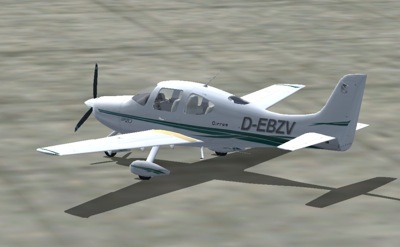Cirrus Fs2004 Download
Eaglesoft Cirrus SR20-G2 For FS2004 By Andrew Herd (5 November 2005) nce upon a time, long ago, in a far off land somewhere near Chicago O'Hare, two babies used to get taken to the airport by their mom to watch the airplanes come and go, while she read a book. Stranger methods have been used to keep kids quiet and I can recall my dad starting the boat engine to send my brother off to sleep (stopped working when he reached thirty, dammit), but Mrs. Klapmeier unwittingly did a great service to aviation, because one day those two mewling infants would found a company that would change the face of aviation, but that's another story. No, it's not. Whaddya mean, it's not?

Essential Readings In World Politics 4th Edition Notes From The Universe there. Download Carenado's excellent Cirrus SR22 GTSx Turbo add-on for FSX and Prepar3D - available now from the Just Flight website! Euphonix Mc Mix Installer Skype.

Oh, yeah, right, the Klapmeier brothers, Alan and Dale. They grew up some and Alan found a liking for sketching planes and Dale built models of them and what with one thing and another, in 1987, they found themselves at the great Oshkosh, with a curious five seat pusher kitplane, which just got itself a place in the Experimental Aircraft Association's Airventure Museum a few weeks back, but that really is another story, though some of it is worth telling. The VK30 did not sell despite its 200 mph cruise speed and the Klapmeiers took themselves back home and started asking people what they wanted out of airplanes, if it was not a futuristic fat teardrop on stilts with a prop on the back. What made the brothers arrive at the Cirrus was that they talked to a lot of non-pilots: people who might have been flying if planes weren't built like they are today; people who had flown as passengers; and people who had never even been in an airplane, but would have done if only it was more convenient to get in one; and they came up with the idea of building something comfortable that was nice to fly and simple to operate. A radical concept, this was, back then. Even today, most airplanes are not designed to be comfortable, nice to fly and simple to operate, which is why we have such weirdnesses as carb heat and the present generation of cockpit heating systems.
Learning to fly is like taking a trip back into the dark ages of mechanical engineering, with forty year old models getting a lick of new avionics and being relaunched as the smart thing to be seen in and that'll be $300,000, thank you Sir, and have a nice day now. People who start their own airplane companies are generally a little different to the rest of us, but the Klapmeiers are truly out there on their own. When they returned to Oshkosh seven years later they had a new composite airplane they had trailed ads for in all the GA magazines, but was a big secret and everyone wanted to know what it was going to do for them. The answer was, as it turned out, quite a lot.
Today there are more than 1500 Cirrus planes flying and is shipping a dozen out the doors every single week, which puts them in the big time; a real and present dange to the established companies. The formula which worked for Cirrus was a low wing composite single with side-stick controllers and a ballistic parachute that cruises at 155 knots (that' the plane, the parachute cruises much more slowly), leaving Cessna singles in its wake, but trailing most modern rectractibles like Bonanzas. Traction is provided by a two hundred horse Continential IO-360-ES fitted with a three blade wobbly prop with rpm linked through manifold pressure so that the pilot only has to handle a single engine lever. You push forward to go faster and pull back to go slower and apart from the mixture control, that's it: no pitch, no carb heat, nothing that can go wrong, although the way the rpm/manifold pressure linkage works it can be a little tricky finding the sweet spot in cruise. Since deliveries began in '99 there has been an evolving mix of avionics, but when Avidyne rolled out its big glass GA displays a couple of years back, Cirrus standardised on the Entegra primary flight display (PFD) and the EX series multifunction display (MFD); current top-end models boasting the EX5000C which has such mouth-watering facilities as a stormscope, weather datalinking, traffic watch, an electronic approach plate system and engine monitoring. In 2000, Cirrus announced the SR22, which is built alongside the SR20 and has a 310 hp IO-550-N, making it a few knots faster. All the planes are, as far as I know, completely electric these days, which means that you don't even have a vacuum system to worry about - all this for $60,000 less than the price of a similarly equipped Archer III, assuming you buy an SR20-G2 like the one modelled here.